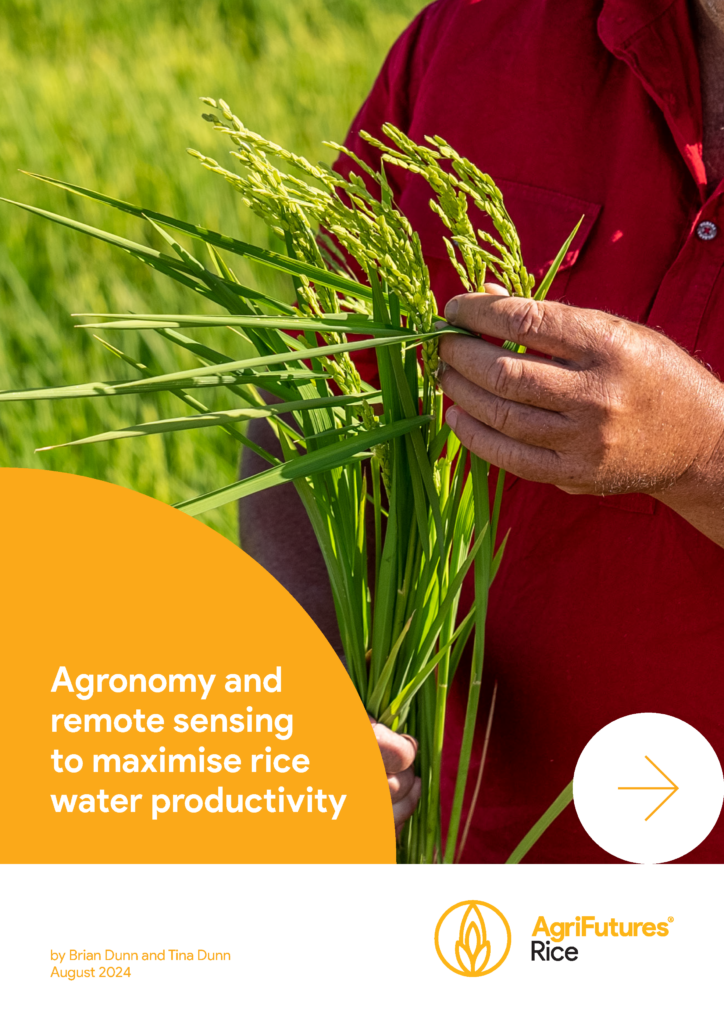Rice Extension Annual Summary CY25
This report acts as a detailed snapshot of the season, guidebook for rice growers, a reference guide for researchers and an educational resource for other...
 RICE
RICE 
6 pages
Published: 19 Dec 2024
Author(s): Brian Dunn, Tina Dunn
Download report PDF
DownloadThe Australian rice industry must maximise water productivity to stay competitive as the cost and demand for irrigation water increases. Water productivity is increasing as growers move from aerial sowing to drill sowing, which reduces water use, but average industry grain yields have not increased in the past 10 years.
Extensive data were collected in this project, resulting in agronomic management recommendations for all rice varieties and all water management practices being updated. Growing guidelines for the newly released variety V071 were also developed. Collaboration with University of New England (UNE) researchers allowed for the accuracy of the panicle initiation (PI) date predictor model to be improved, and for new flowering date and grain maturity date prediction models to be developed. A PI nitrogen uptake model was also developed. All models were delivered to growers and agronomists through the UNE dashboards.
The likely outcome from the project is improved crop management, which will result in higher grain yields and increased water productivity. Incorporating the models into the UNE dashboards provides a simple, user-friendly tool for growers and agronomists to track a crop’s growth and development, and modify management as the crop grows to ensure maximum yield with limited risk.